Experience the Sublime at the Chaumet Botanical Diamond Jewelry Exhibition
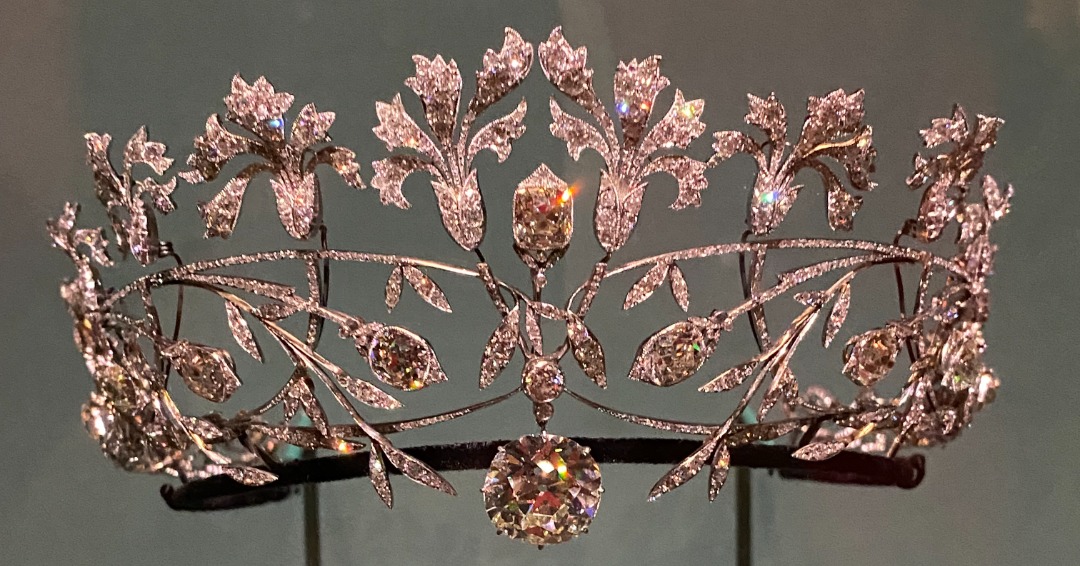
A tribute to the incredible shapes and sights found in the natural world, the Chaumet Botanical Exhibition celebrates the wonder of Earth’s natural beauty, highlighting the textures and colors that surround us. Presented by the House of Chaumet, the presentation draws extensively on the brand’s vast heritage as one of the most important houses in the history of European jewelry.
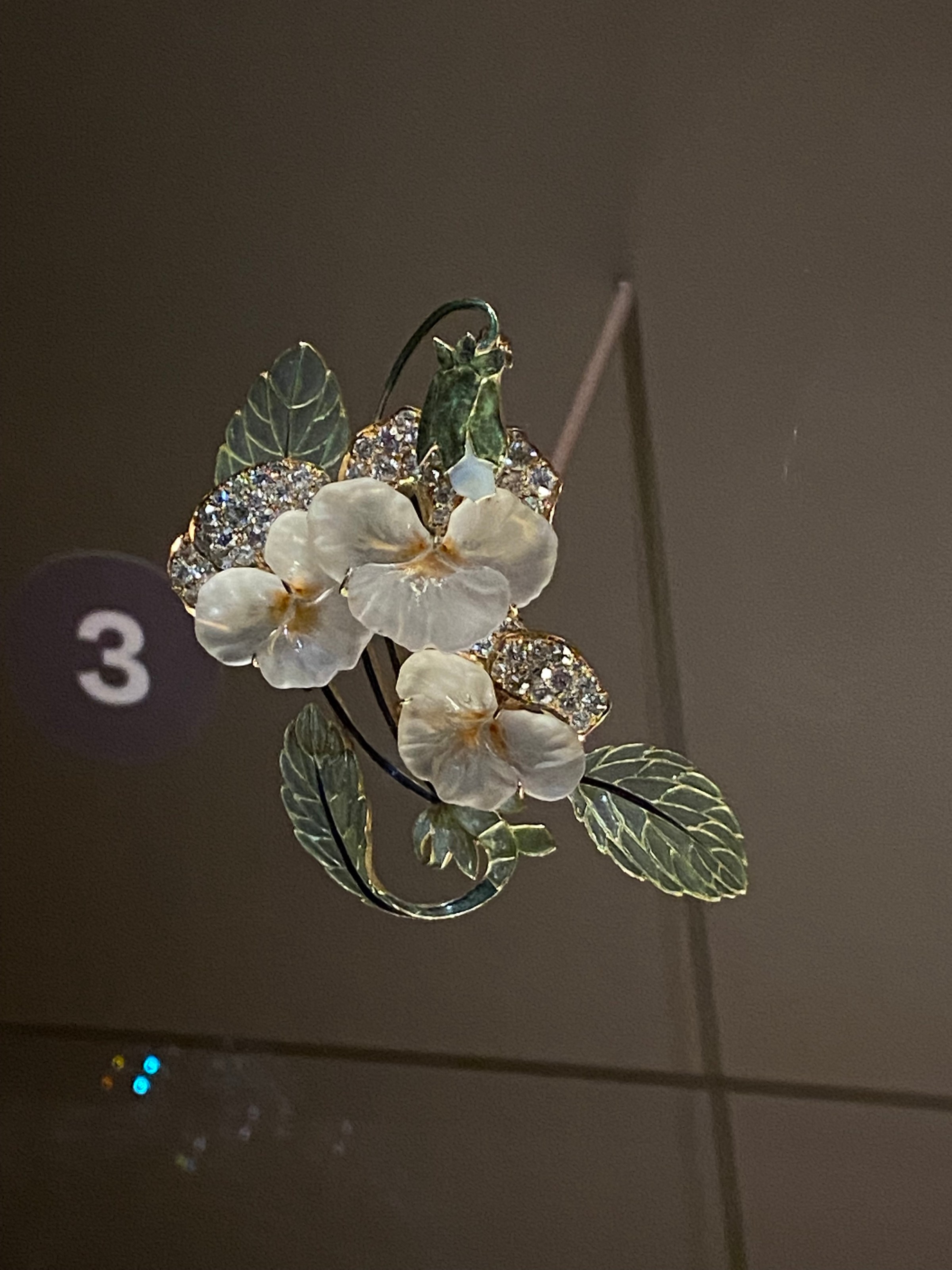
Brooch Pansies (in flowers and button) 1903-1904.
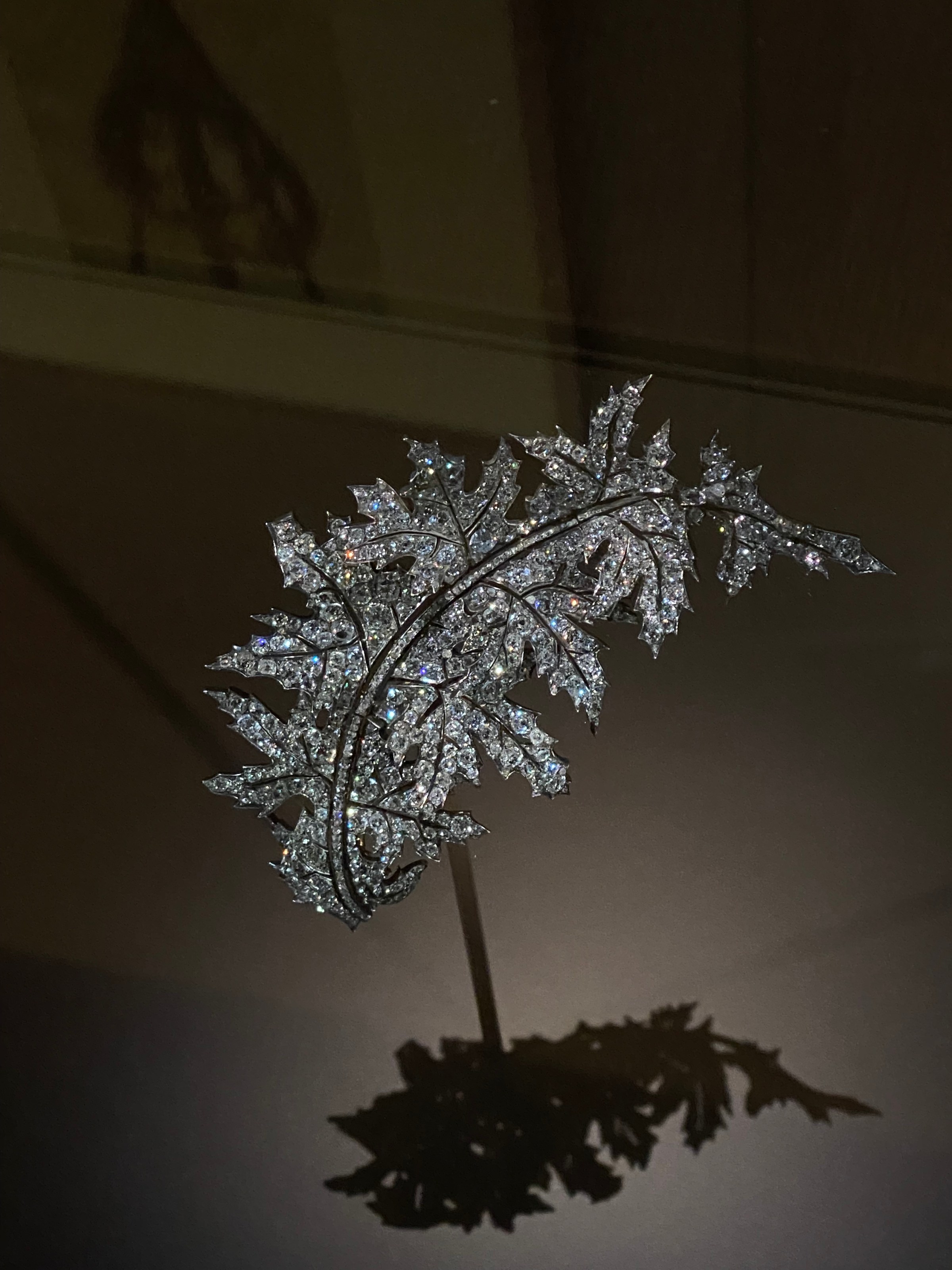
Brooch in the shape of a fern by Loeillard, 1878.
The Magnificent Pieces at Chaumet’s Botanical Exhibition
The collection explores the beautiful intersection between art and science with an array of techniques and movements. Bringing together unexpected eras and artistic expressions, the exhibit draws on the inspiration that has served the House of Chaumet for 242 years.
Curated by Marc Jeanson, the exhibition was imagined as a herbarium, a systematically arranged collection of dried plants. Taking in the luscious display, the eye lands on luxurious flora and vibrant species that are present in some of Chaumet’s most iconic creations.
The exhibition showcases nearly 400 works for a total immersion into this colorful universe of plant life with 80 pieces from Chaumet and other houses.
Read More: Diamonds Steal the Show at the Masterpiece London Art Fair
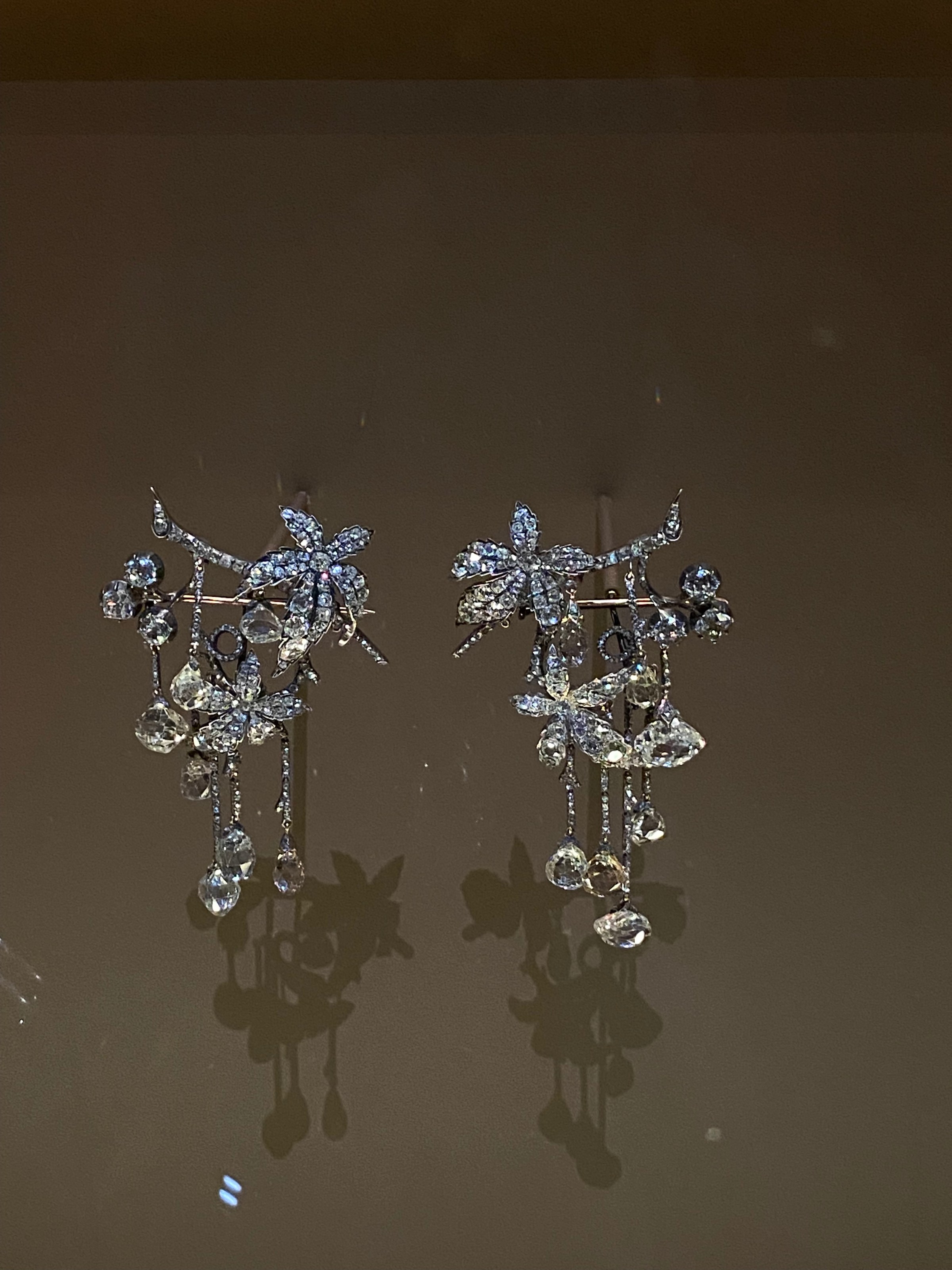
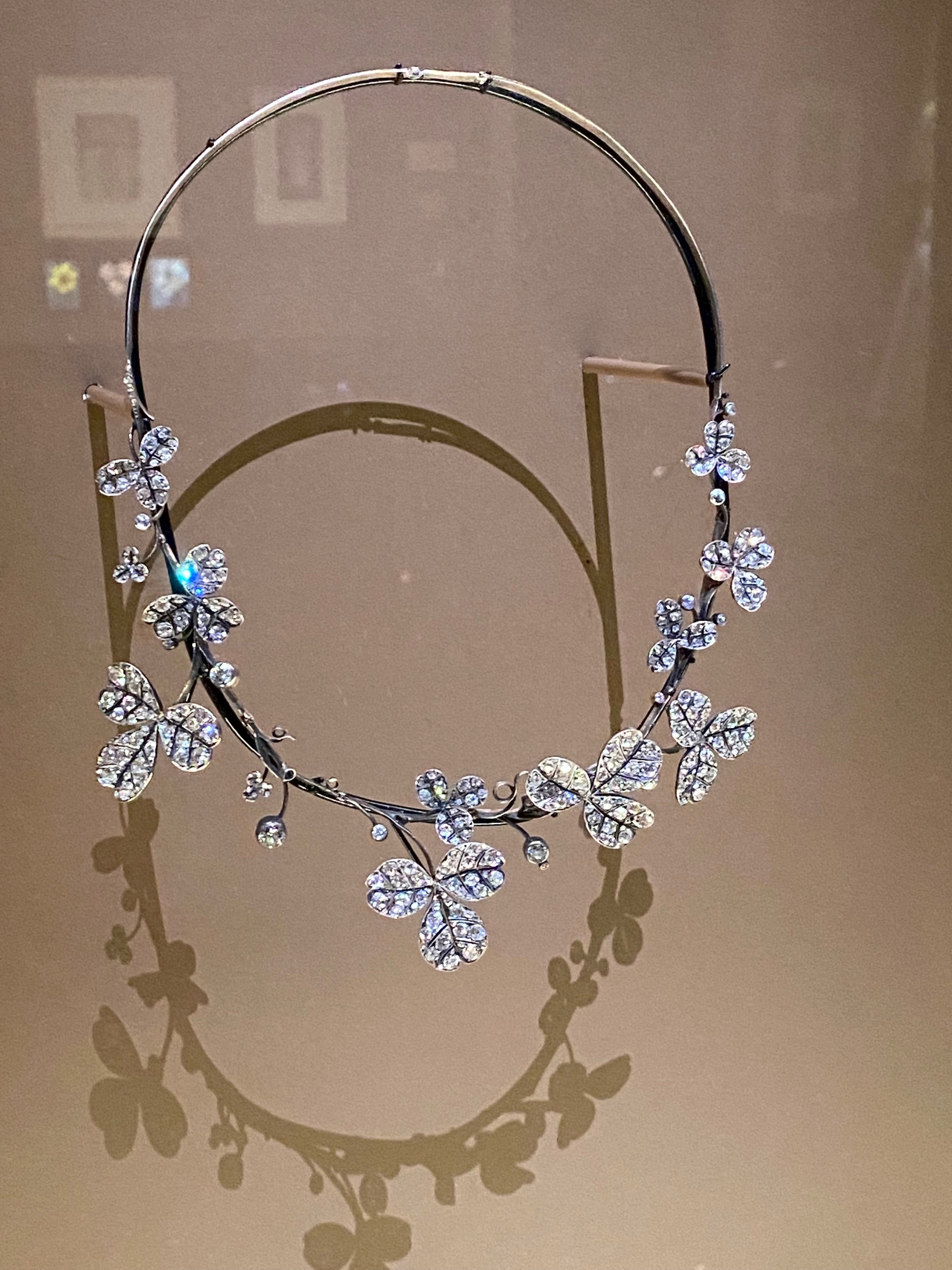
Featured among other beauties is the carnation tiara made for Madame Henri de Wendel for her son’s wedding in 1905. The carnation motif in jewelry is a symbol of passion and true love and the tiara takes on a new life centered among twelve flowers.
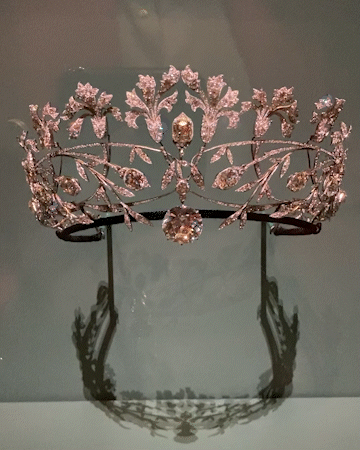
Also featured at the Chaumet Botanical Exhibition is the fern tiara by René Lalique (1905-1908). The piece’s mixture of material, texture, and preciousness reveals the inspiration of nature. Lalique’s audacity is made obvious in the mixing of horn and diamond, which reveals singularity and realism.
Read More: An Exclusive Preview of the Royal and Aristocratic Tiaras on Display at Sotheby’s London
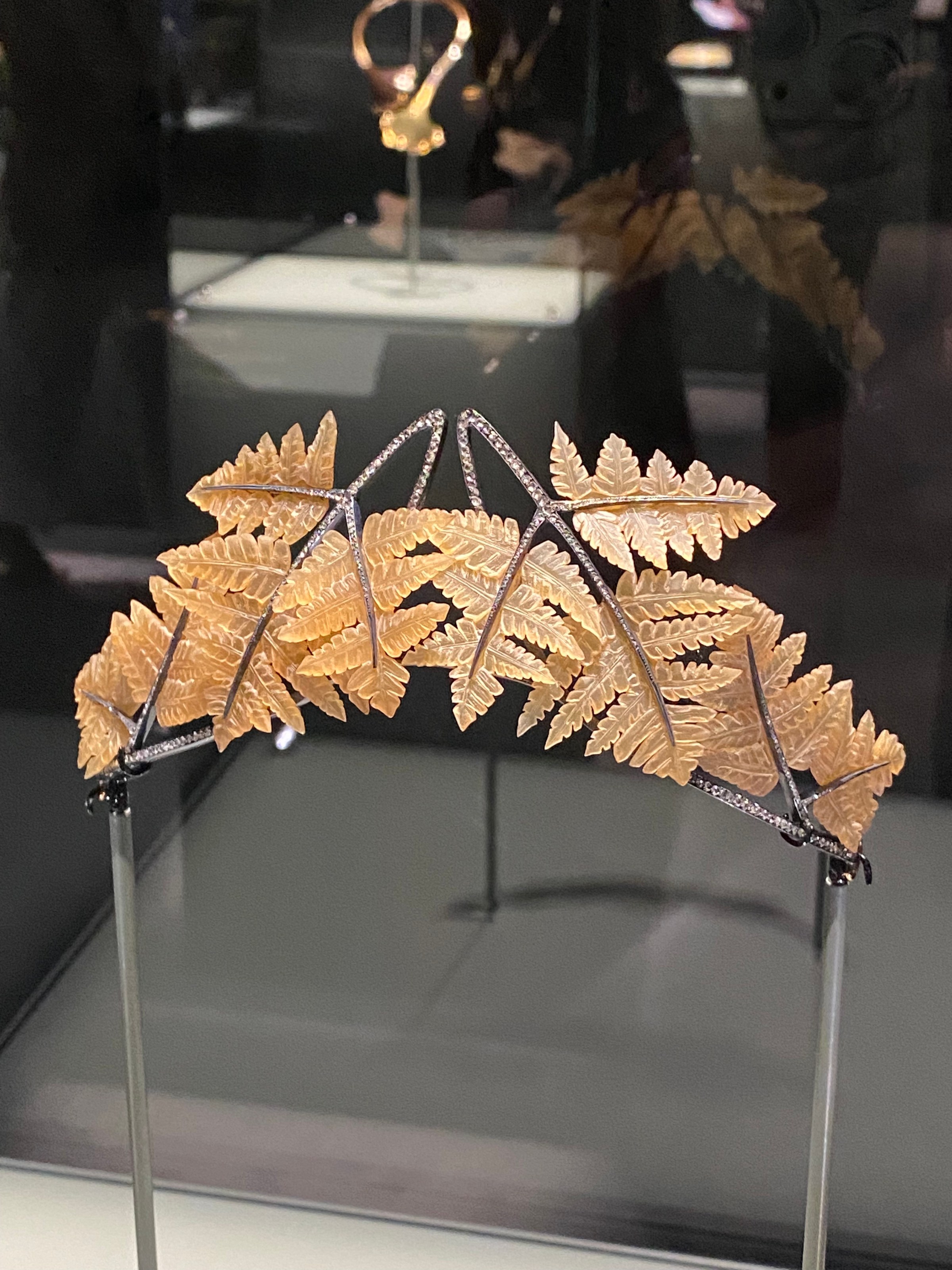
Moving further into the exhibition, discover the “Épis de blé” (ears of wheat) transformed into a tiara named Crèvecœur. This jewel is an excellent example of the finesse of Chaumet’s art. This Belle Époque interpretation of a classic theme was worn on special occasions by generations of Crèvecœur women throughout the 20th century. Ceres, the goddess of harvest and prosperity, was used as inspiration in the motif of the ear of wheat, which was adopted by the women of the imperial court.
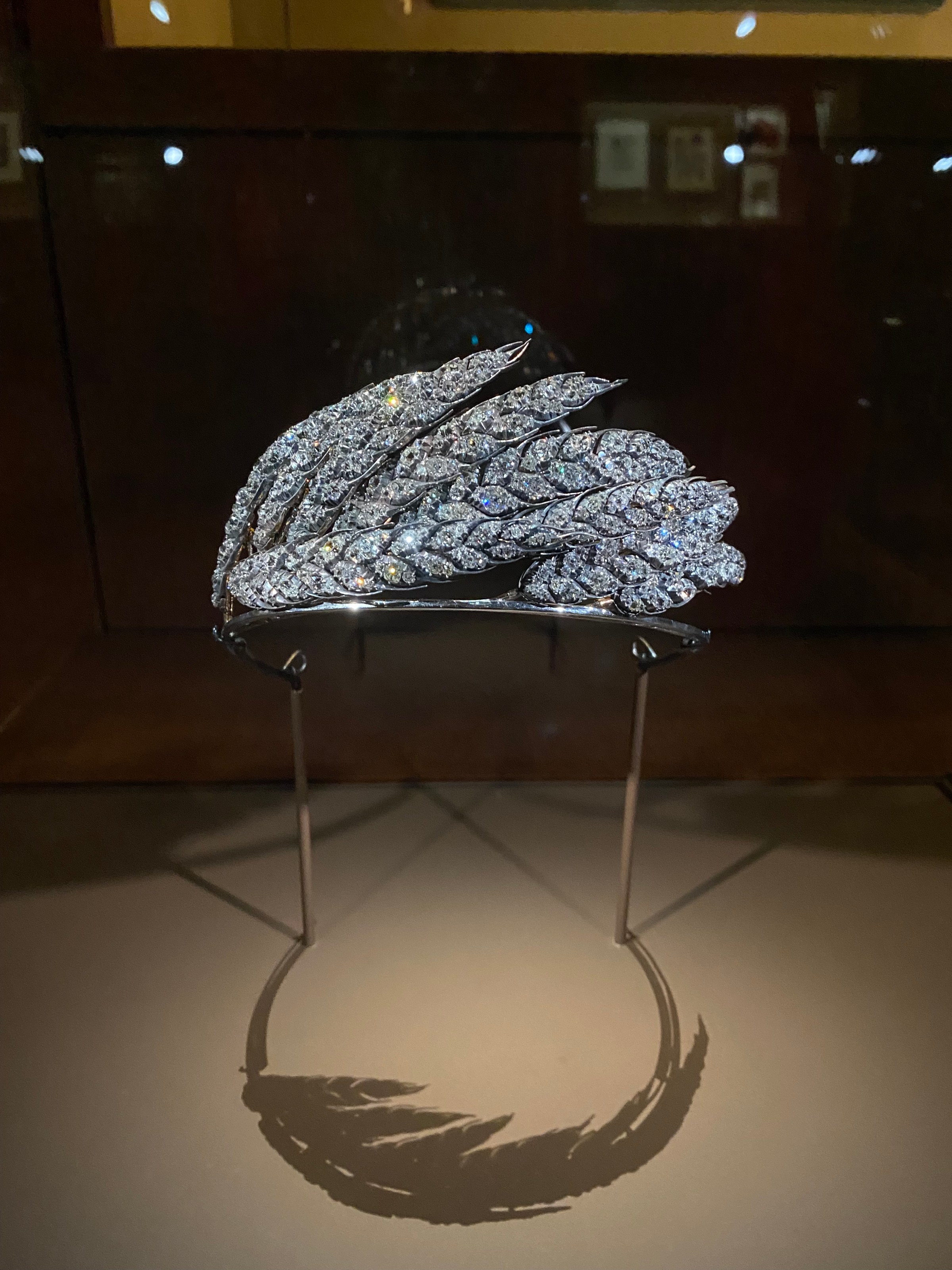
Explore the wonders of French craftsmanship and the transporting power of jewelry this summer at Vegetal – The School of Beauty at Beaux-Arts de Paris, presented by Chaumet.
